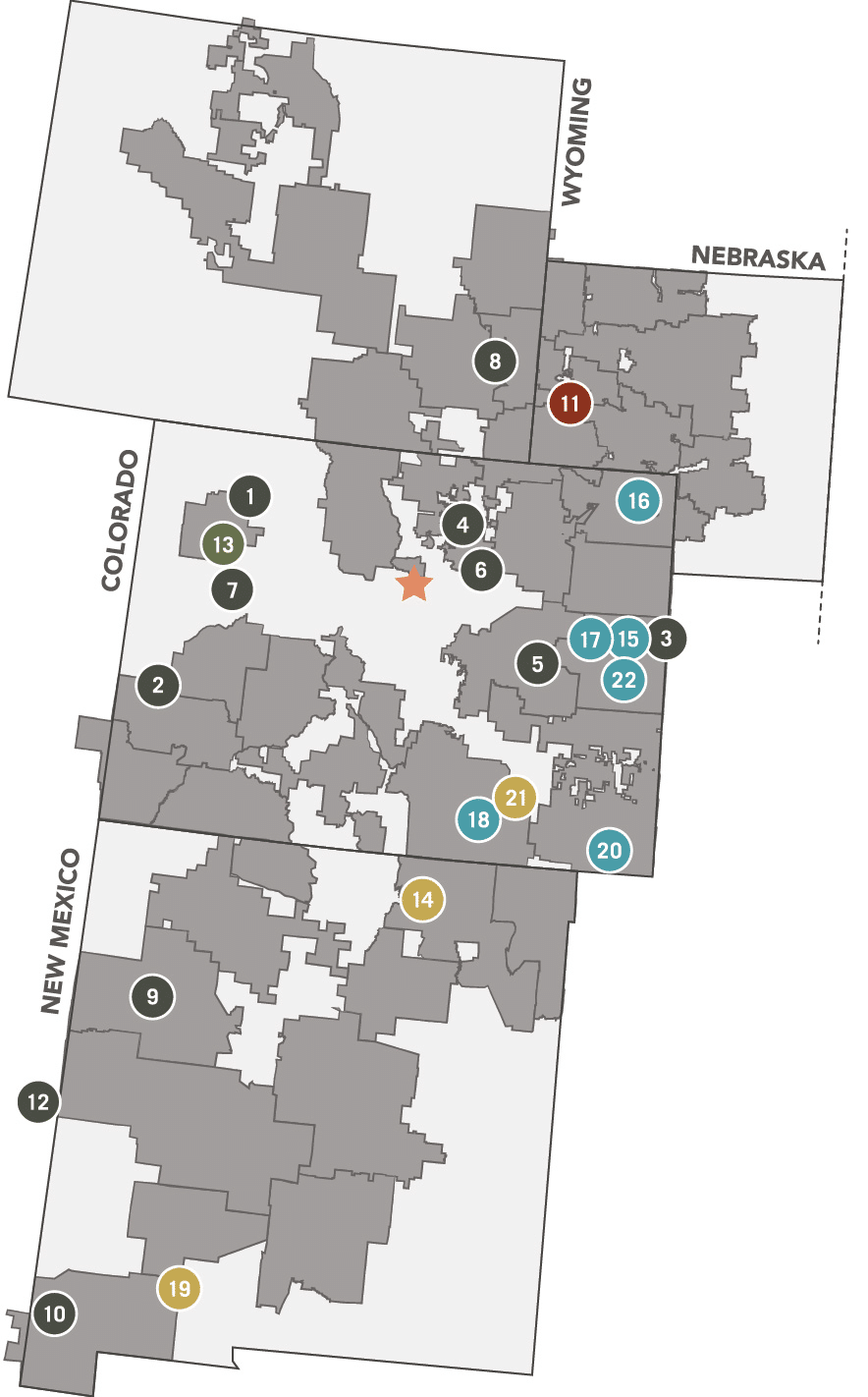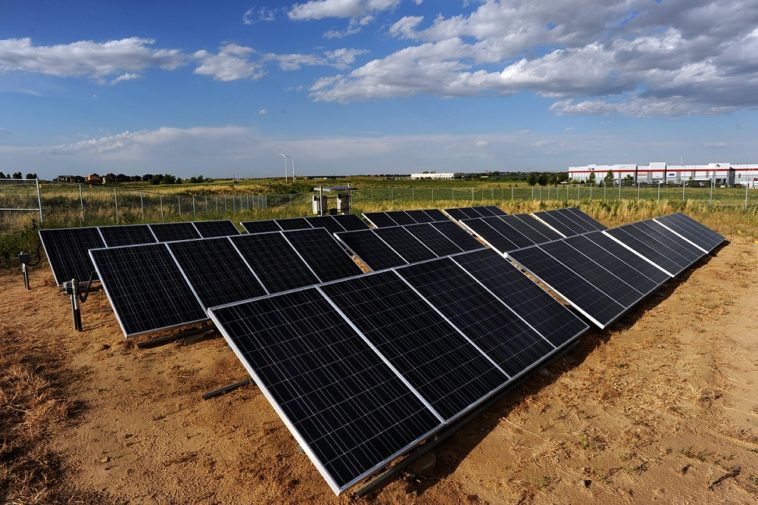With a tri-pronged promise of cutting costs and emissions while improving the reliability of its generation fleet, Tri-State Generation and Transmission Association has announced it is creating an aggressive “Responsible Energy Plan.”
Tri-state includes wind, solar and hydro under those qualifiers, but not nukes. However, what is important here isn’t only what’s coming on-line, but rather what’s going off.
Within the announcement of the new energy plan came the news that Tri-State will be retiring its 100 MW coal-fired power plant, the Nucla Station in Western Colorado at the beginning of 2020, a full two years earlier than previous expectations.
A factor that may well have played into the early shutdown decision is the fact that Tri-State’s generation mix currently sits at 50% coal. While it’s also supported by 30% renewables, that coal figure is one that member utilities haven’t been so excited with and have expressed desire to change.
And change it will, as earlier in the year Tri-State announced that it would be adding 204 MW of wind and solar to its fleet, bringing the grand total of renewables to 679 MW; currently the power company has five wind and four solar projects. Of those 204 MW 100 will come from solar, with the remaining 104 coming from wind. This will represent a 45% increase its wind and solar capacity, bringing renewables up to 43.5% of the total generation mix.
Aside from increasing renewables in the association’s generation mix, the shutting down of the Nucla Station will, as Tri-State and member utilities are hoping, provide some financial relief as well. You may remember that around a year ago Tri-State was the subject of a Rocky Mountain Institute study that found that retiring 1.8 GW of coal and replacing it with 2.5GW of solar and wind power would save the association and its members $600 million through 2030.

So, if nothing else, the Nucla retirement represents the first step towards that $600 million goal. Just 1.7 GW left to retire and 2.5GW of solar and wind power left to purchase or develop.
Outside of the large announcements, there is still wok that needs to be done on developing the “Responsible Energy Plan” as a whole. Recognizing this, Tri-State also shared that it will be building the plan through a collaborative stakeholder process with former Colorado Governor Bill Ritter (D) and the Center for the New Energy Economy (CNEE) at Colorado State University.
It will be interesting to see how quickly the rest of the fossil fuel dominoes fall for Tri-State, and how quickly they’re replaced. One last thing to keep an eye on is the composition of the renewable mix that Tri-State brings on-line. While the plan outlines wind, solar and hydro, their current generation map seems to only show the two former. (The blue dots are wind and the yellow are solar.)

Correction: This article was corrected at 1:40 PM EST on July 19. The original version stated that Tri-State would be developing this plan in collaboration with “former” Colorado Governor Jared Polis. This was incorrect on two counts: 1) Jared Polis is the current governor and 2) This plan is being developed in collaboration with former Governor Bill Ritter. We have made that correction and we regret the error.
This content is protected by copyright and may not be reused. If you want to cooperate with us and would like to reuse some of our content, please contact: editors@pv-magazine.com.









Their current generation map doesn’t show hydro since I’m sure this is federal hydropower from the Western Area Power Administration (WAPA).
There was a mention on the attached links that states, Tri-States is a multi utility co-operative. It also mentions it will be under FERC compliance. But the article doesn’t mention any energy storage under FERC 841. So, are there plans to go out to competitive bid with solar PV and or wind generation (with energy storage) as part of the bid project, or not? To make intermittent generation resources ‘dispatchable’, one needs distributed energy storage to shift over generation to later parts of the day.
As far as I know there are no plans to competitive bid with solar/wind + storage as a part of the project. However I could well be wrong, I just haven’t seen it.